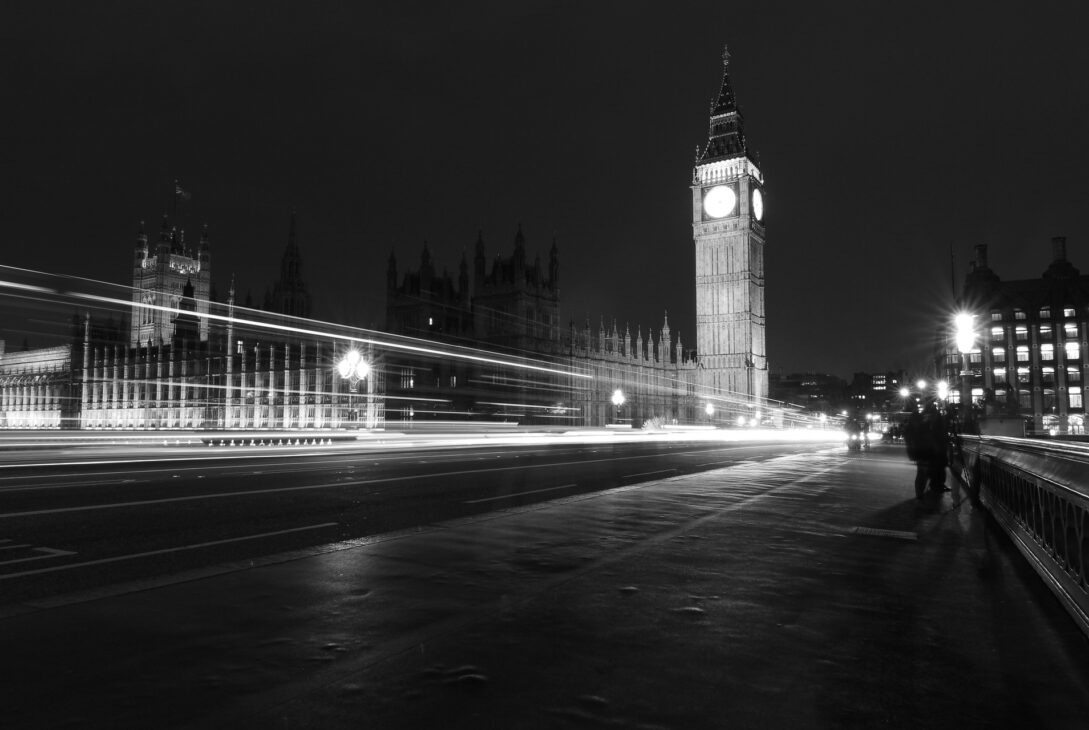Embroidery has always straddled the line between creative and precision art; today, that art received a digital touch. There is also an expert process behind the clean, beautiful stitch we take for embroidery: Embroidery digitizing. It’s not just about streaming an image into software; it’s about transforming your vision into something that looks amazing with fibre and fabric woven onto a map.
Suppose you’ve wondered how a really good digitiser turns an essentially 2D piece of artwork into a full-blown, 3D embroidered wonder, well, you know. So let’s discuss how professional digitising experts turn your creative visions into reality one thread at a time.
The Art and Science of Logo Embroidery Digitizing
Embroidery digitizing involves the use of both art and technology. It’s not just a matter of converting technically; it’s recognizing textures and the behavior of fabric or how to let designs “flow.” The first step involves a digitizer analyzing your art shapes, gradients, and tiny details, which make a big difference here, to determine how the stitches will be laid out for the most realistic, polished look.
Every design element, from a letter to a logo, is painstakingly re-imagined using satin, fill, or run stitches. This determines how the design will play on the fabric when embroidered and ensures that every curve and contour looks smooth and aesthetically correct.
Precision Through Vector Digitizing
Before any kind of embroidering, vector digitizing must be prepared. This changes your logo or artwork into a crisp vector format that maintains all the fine lines and curves. These vectors serve as a basis for all subsequent stitch mapping.
Why is this so important? Vector files will look just as sharp and have the exact dimensions of any size you make your design. That means if your logo will appear on a teeny polo shirt or a billboard as tall as you are, it’ll look crisp and perfectly shaped.
This vectorising process helps ensure that when your piece runs on the machine, it will trace exact coordinates cleanly, precisely, and symmetrically, mimicking your original artwork perfectly to the edges.
Embroidery Digitizing for All Types of Fabrics
Each fabric has a personality of its own. Denim, cotton, polyester, and silk move uniquely under the needle. That is why custom embroidery digitizing is so essential.
Professional digitizers adjust every design element to the fabric on which it will be embroidered. This can mean changing stitch length, angle, and underlay to stop distortion or loose stitches.
For example:
- On heavy fabrics, a lighter underlining can avoid bulk.
- When stitching on stretchy material, the pattern pieces are angled differently to prevent pulling.
- On delicate fabrics, tension is adjusted to keep the material smooth.
This care for those delicate fabric details means a great, clean look for your final product — whether it’s an athleisure piece or not.
Balancing Speed with Perfection
One of the myths about embroidery digitizing is that ‘fast’ means poor. In reality, professional digitizers can be both fast and accurate.
With the help of modern digitizing software and streamlined workflows, professionals can transform even intricate designs on a dime, sometimes within just hours, all while maintaining an extraordinary level of detail.
It’s not shortcuts that make for efficiency here. It combines experience, advancing technology, and knowledge of getting the best from embroidery machine designs. The result? Print-ready premium stitches for your production.
Why Professional Digitizing Services Matter
Art may be an advanced software core value; nonetheless, human touch is where real magic happens. A professional digitizer does not press “convert.” They translate, improve, and update your design.
Here’s the difference that a professional makes:
- Interpretation from art: Deciding what to simplify or change to create an embroidery-friendly design.
- Technical accuracy: Ensure that the stitch count, direction of threads, and density all line up just right.
- Machine compatibility: Ensuring files run smoothly on different embroidery machines and format options.
- Colour enhancements: Select sequences to make the threads look as close to the original artwork as possible.
An experienced digitizer turns your boring flat art into a beautiful piece of embroidery that showcases the professionalism and precision of your brand.
The Quality of Embroidery: A Branding Strength
Embroidery is more than an ornament; it’s a brand identity in stitched form. A nicely digitized logo shouts long before you open your mouth. The sharp lines, bright hues, and unblemished surface suggest trustworthiness and quality to whoever sees it.
When appropriately executed, embroidery provides a tactile facet to your brand; it’s something people can see and touch. From uniform shirts and pants to hats and other marketing items, digitizing is the key to ensuring your logo looks great no matter where it is.
Professional Digitizing Partner: What to Look For
Picking the wrong digitizing service will affect the outcome of your embroidery. Here’s how to search for a partner:
✅ Experience and portfolio: Check for past work samples to judge quality.
✅ The use of professional software: The professional software, such as Wilcom or Pulse, ensures good accuracy.
✅ Revision policy: A quality service will allow revisions to get your design right.
✅ Responsive and open communication: You deserve to know where the project’s progress stands.
✅ Transparent pricing structure: Stay clear of hidden fees stitch count and design complexity should determine rates.
When you come across a team that encompasses these things, you’re not just hiring a service; you are collaborating with professionals who genuinely care for how your designs define how you want to represent yourself.
FAQs About Embroidery Digitizing
Q: What is embroidery digitizing?
It is the process of converting a flat image or logo into a digital stitch file that an embroidery machine can sew.
Q: Why can’t I just work with my standard image file?
Traditional image files like JPG or PNG do not include stitching information. They should be converted to a special embroidery format through digitizing.
Q: How long does it take to convert a logo to digital?
Generally, small to medium-sized digitizing can be done within 12–24 hours. More intricate artwork will take a little longer, depending on the level of detail.
Q: Are digitized designs easy to scale?
Yes, if well done by vector digitizing. Artwork will not be pixelated when resizing to fit on larger or smaller surfaces.
Q: What is the most critical thing to do before placing an order for embroidery?
Always request a sample sew-out. This means the result will look as good stitched out as on your monitor.
Turning Vision into Threaded Perfection
Professional embroidery digitizing is where art intersects with engineering where creativity and accuracy can meet. The know-how, consideration for how fabric behaves, and mastering stitch formation will distinguish a basic design from an embroidered piece. Picking the professional digitizing pros is choosing quality, sharp detail, and embroidery made to last, that you can take pride in!
When it comes to embroidery, it’s not just about how your logo looks; it’s about how it feels! Every stitch tells your story. And when done right, that story looks perfect every time.






